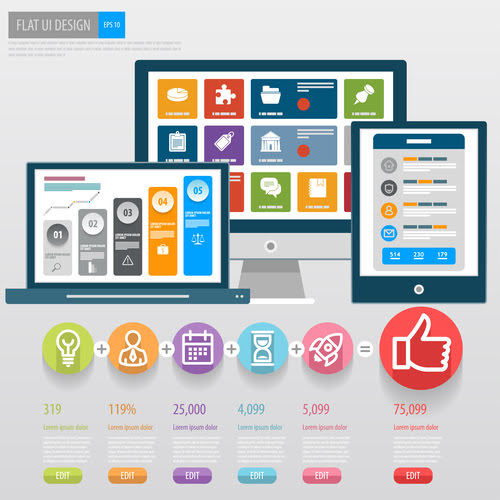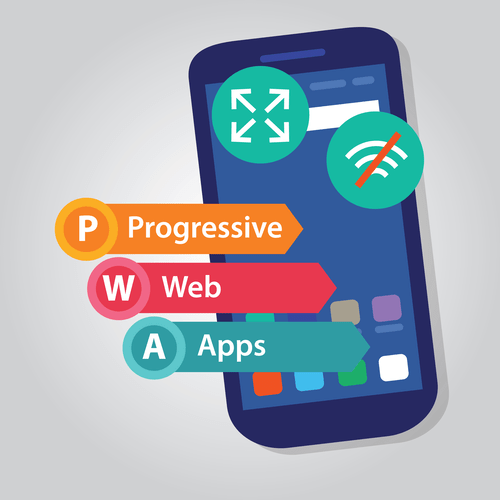LoadWeb3() web3.js is a JavaScript library that allows our client-side application to talk to the blockchain. Do not worry if you don’t completely understand what is happening here. This is a copy-and-paste implementation that Metamask suggests. Now we have a new copy of the smart contract on the blockchain. We create the constructor function with the constructor keyword as you can see above. This function will get run only once, whenever the contract is initialized, i.e., deployed to the blockchain.

To address these issues, consortium blockchains were developed. By establishing that specified acts are beyond the range of even the app’s creators’ power, public blockchains provide a way to protect app users from their developers. Because public blockchains are open, many companies are likely to embrace them without the necessity for third-party verification. A public blockchain is one that anybody in the world may access, submit transactions to, and expect those transactions to be included if they are genuine.
Replies to “How to build a blockchain with Go”
When a big number of parties are engaged, blockchain works best. Another thing to think about here is whether the nodes will run on the cloud, on-premises, or both. After that, there are hardware configuration issues like processors, memory, and disc space to consider. You must also choose the base operating systems that will be used as a foundation . Let’s take a look at how to build a blockchain in only eight steps. Because public blockchains are open, they are likely to be adopted by a large number of organizations, with no need for third-party verification.
Go implements automatic garbage collection and stack management with its runtime system. Finally, it compiles applications to machine code and single binaries, supporting multiple OSs and processor architectures, and deploys easily on server infrastructure. PoA or IBFT allow any node that is designated as a “signer” to participate in voting rounds and append a digital signature to a proposed block as proof of validation. Raft uses a single static leader node to deliver blocks to the rest of the network. There are various protocol options in the Ethereum family, includingGeth, Polygon Edge, Quorum, Hyperledger Besu. You’ve heard about the power of blockchains, but you may think building a blockchain is really hard.
Joining a Corda network
Similarly, everyone with access to a public blockchain network may see the transactions that have been made. This means you may have a hard time supporting your app, or you may need time for your existing team to learn a new language and the principles of blockchain app development. To be fair, Solidity and Simplicity are very similar to common languages, so that shouldn’t be a problem. We can help you build a DApp, consult on your business strategy, and also give you an estimate on blockchain app development costs.
The hashing that we’ve described so far only gets us part of the way there. As it stands, it is feasible for someone to modify a previous block in the chain and then recompute each of the following blocks to create another valid chain. We would also like to implement a way for users to come to a consensus on a single chronological history of the chain in the correct order in which the transactions were made. To solve this, Satoshi Nakamoto established a proof-of-work system. In order to ensure the immutability of the entire blockchain, we will use the clever approach of including a hash of the previous block within the current block.
A Proof-of-Work System for Blockchain
Usually if you work with US blockchain app developers, hourly development prices start at $100 and can reach $250 in some cases. Off-shore app development outsourcing makes sense if you want to get the best talent on the market at affordable prices. Usually, blockchain app development costs around $20,00-$60,000 and can reach up to $200,000 and even go beyond this number. Get in touch with our team to discuss your app idea and business requirements. OpenChain – an open-source distributed ledger platform that uses a single authority for transaction validation.
A blockchain network is designed based on the open-source code of a well-established blockchain protocol (e.g., Ethereum, Hyperledger Fabric). The code is modified according to your requirements to introduce a new blockchain network with different features and rules to operate independently and host your blockchain apps. Blockchain requires a consensus protocol—some mechanism for maintaining a single version of the history of transactions that is agreed to by everyone. Since cryptocurrency networks are peer-to-peer without a central authority, they use a complex method called proof of work.
Contact us and get a free project estimation!
This way you’ll be able to handle possible issues and change requests before rolling out the solution enterprise-wide and avoid costly adjustments. Banks that provide working capital and trade credit to firms face a well-known problem of information asymmetry regarding a borrower firm’s business, the quality of its assets, and its liabilities. For example, a company might borrow money from several banks against the same asset, or request a loan for one purpose and then use it for another. Banks design their processes to control such risks, which increases transaction costs, slows down access to capital, and reduces the capital available to small firms. Such frictions are detrimental not only to banks but also to firms that need cheap working capital. Blockchain thus greatly reduces, if not eliminates, the kind of execution, traceability, and coordination problems that we’ve discussed.
- Ripple is extremely fast and allows up to five transactions per second.
- You can make a new cryptocurrency without first creating or modifying any blockchain.
- In this article, I will take a baby step with you, and you will understand the basic concepts of blockchain and how to program one using Python, Javascript, or Go .
- We can drop the entire database either mistakenly or intentionally.
- Fortunately, Simplilearn has you covered by offering its Blockchain Certification Training Course.
This type of blockchain has certain rules that regulate transactions between network participants . Organizations mostly use Permissioned blockchain for internal purposes with all the transactions validators belonging how to build a blockchain to the same company. Inter-node communication and validation are required for adding new blocks to the blockchain. All participants of the P2P network have to accept a new block for it to be registered.
| Why We Need Blockchain
But if they’re not, they won’t be calling themselves blockchain developers for very long. The popularity of decentralized applications is skyrocketing. Ethereum blockchain and other well-known blockchains provide a robust, battle-tested foundation for developing decentralized apps. Today, there are several distributed ledger systems available, most of which are free and open source. You must choose the most suitable blockchain platform based on the consensus algorithms and mechanism you choose in step 2. Private blockchains include Ripple , a business-to-business virtual currency exchange network, and Hyperledger, an umbrella project for open-source blockchain applications.

If the contract contains any bugs, we must disable it and deploy a new copy. This new copy will not have the same state as the old contract, and it will have a different address. Metamask will also allow us to manage our personal account when we connect to the blockchain, as well as manage our Ether funds that we’ll need to pay for transactions. It should be mentioned that the Corporate Training solution is ideal for businesses that want to upskill chosen employees and make them into Blockchain developers. That would be the Blockchain Software Developers, of course, who use the core web architecture built by the Developer to create apps, specifically the decentralized and web varieties.
